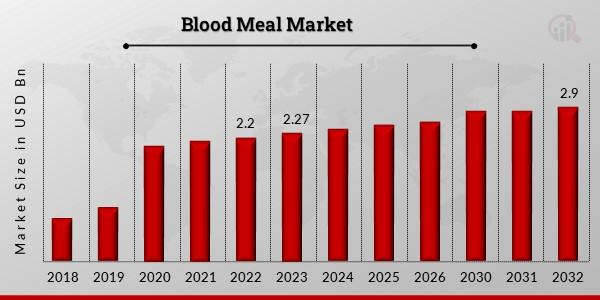As an AV professional, crafting compelling proposals is a key part of winning new business. However, with so many templates available, it can be difficult to choose one that best suits your needs and the specific project you are bidding on. In this blog post, we will explore the different types of AV proposal templates and provide guidance on selecting the right one for your project. We will cover important factors to consider like the client, scope of work, budget, and timeline. By the end, you should have a better understanding of how to match a template format to your proposal requirements.
Types of AV Proposal Templates
There are several common template types used in the AV industry. Understanding the pros and cons of each will help in deciding which is most appropriate.
Standard Templates
Standard templates are generic formats that can be used for most AV projects regardless of scope or client. They provide a basic structure with standard sections like introduction, scope of work, timeline, budget, terms, etc.
Pros:
Very flexible and can be adapted easily to different projects
Familiar format that clients will be used to
Cons:
May lack customization and feel generic
Don't highlight unique aspects of your solution or client needs
Custom Templates
While still providing a consistent overall structure, custom templates allow more room for customization with client/project specific graphics, wording and focus areas.
Pros:
Conveys a more personalized experience
Helps illustrate deep understanding of client/project needs
Cons:
Require more time and effort to design
Less reusable for other prospects compared to standard templates
Branded Templates
Branded templates feature your company logo, colors and stylistic elements to create a consistent branded proposal look.
Pros:
Reinforces company branding
Professional, polished appearance
Cons:
Still need customization for specific client/project details
More complex to design than standard templates
Knowing Your Client and Project
The right template choice depends greatly on understanding your target client and key aspects of the project you are bidding on. Here are some factors to consider:
Client Type
Corporate enterprise vs small business clients prefer different levels of customization.
Consider client's industry, size, culture when customizing wording.
Project Complexity
Simple installations favor standard templates while complex integrated systems benefit from custom layouts.
Budget
Higher budget clients expect a higher level of customization in your proposal.
Tight budgets may prefer a simple, easy to review standardized format.
Timeline
Fast turnaround projects don't allow for extensive customization. Leverage templates.
Longer sales cycles give time for a tailored, client-focused custom proposal.
Prior Relationship
For new clients, maximize customization. For existing relationships, more standardization is fine.
Balancing Customization and Reusability
The key is finding the right balance between customization for the specific client/project and reusability of your template for future prospects. A well-designed, modular template approach is ideal.
Use placeholders, filters and variable data fields to easily swap out client/project details without redesigning from scratch each time.
Customization sections and optional add-on modules allow focusing details while retaining overall structure and flow.
This way you get the best of both worlds - a customized feel with the efficiency of reusing much of your framework and content. Test different approaches to see which works best for your sales process and resources.
Choosing and Customizing the Right Template
Now that you understand the various template types and factors to consider, here are the steps to choosing and customizing the right one:
Evaluate your target client and project scope, budget, timeline etc as covered above.
Review your available template options - any branded, standard, custom or industry specific templates?
Compare templates against client/project evaluation - which one is the best fit out of the box?
If needed, modify or combine templates to suit. Add/remove sections, rearrange order, customize graphics.
Test drive the new template by adding mock client/project details to validate flow and formatting.
Customize wording, images, focus areas per the specific client and their requirements as uncovered in research.
Circulate internally for feedback, edit further based on input before sending to client for review.
Track template effectiveness - was it successful in winning business? Gather client feedback for continuous improvement.
Conclusion
Choosing the right AV proposal template is an important first step in securing new projects. By understanding your clients and customizing templates to effectively showcase solutions, you give yourself the best chance at winning over reviewers and decision makers. With the right template framework and process in place, it makes crafting compelling, client-focused proposals efficient and impactful.
Read Related:- https://www.articlequarter.com/how-to-incorporate-branding-into-your-av-proposal-templates/




